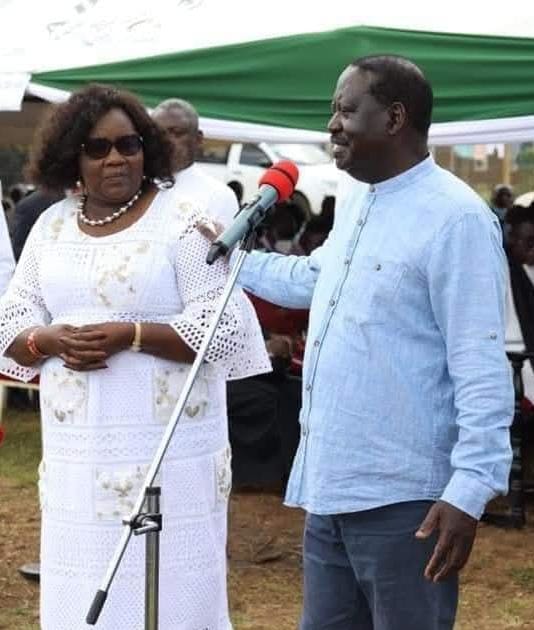By James Okoth
In Kenya’s long political theatre, transitions have rarely been about structure. They have been about symbolism. The death of Raila Amollo Odinga was not just the passing of a political icon; it was the quiet redirection of energy, authority and myth.
When power left Raila, it did not simply vanish. It drifted home, to Bondo and into the hands of his elder brother, Dr. Oburu Oginga. The elder statesman, himself a veteran of Parliament and diplomacy, now finds himself the default custodian of a name heavier than any title: Odinga.
But the real question is not who inherited Raila’s structures, it’s who inherited his spirit.
At the burial, Oburu stood beside the casket with the quiet solemnity of a man who knows both duty and destiny. His gestures were slow, deliberate, the kind of calm that signals closure and command. For ODM stalwarts, it was both reassuring and unsettling: a reminder that power, even within legacy, abhors a vacuum.
Yet, away from the cameras and the chants, another force lingered in silence. Ida Odinga.
While the nation mourned its “Baba,” it forgot to look closely at the woman who had stood beside him for half a century; the one who shaped his discipline, sharpened his defiance and steadied his compass through exile, detention and political storms.
Raila Odinga was Baba, the father of the nation’s opposition. Ida Odinga is “Min Piny,” the mother of the nation.
And yet, in the fragile hours after Raila’s burial, when political tongues began to roll, few dared to ask:
Could Ida Odinga be Kenya’s next torchbearer of the Odinga legacy?
ODM, now adrift in grief and recalibration, seems blind to its most natural continuity, Ida herself.
In a party long accused of male dominance and dynastic inertia, her potential is viewed not as evolution but disruption.
Party insiders whisper about Oburu’s seniority, or Winnie’s youthful charm. They however ignore the only figure who commands both national empathy and historical depth. It was Ida who nurtured ODM when its leader was devoted to high voltage national politics. It was Ida who rallied women’s movements when the party was branded defiant. It was Ida who, in moments of chaos, became the calm center, strong, articulate and unyielding.
Yet, the very thought of her stepping into the political front line makes many in the party uneasy. Why? Because it challenges an order built on patriarchy disguised as loyalty.
Ida Odinga’s political potential is not invisible. It’s inconvenient. She carries authority without asking for it; influence without the need for titles. Her calm voice, her maternal authority, her firm grasp of both politics and protocol. These qualities unsettle the loud and the ambitious.
For years, she avoided the spotlight, content to play strategist, counsellor and keeper of the Odinga moral compass. But now, in Raila’s absence, the question is no longer whether she wants power…it’s whether Kenya is ready for a woman to wear Baba’s shoes.
Her emergence would stir the party’s soul, forcing a reckoning with its gender biases and its comfort with symbolic motherhood over actual leadership. To many ODM men, she is the heart of the movement. But hearts, in politics, are rarely trusted with power.
If Ida Odinga were to step forward, not as Raila’s widow, but as a stateswoman, she would likely find a country willing to listen.
In an age where politics is losing empathy, her maternal symbolism could heal as much as it could lead.
But for now, ODM remains trapped in nostalgia, clinging to Baba’s memory while ignoring the mother’s mandate.
As Oburu steadies the family’s political estate, the soul of the movement still hovers, not in strategy meetings or press briefings, but in that silent question that refuses to fade:
What if Min Piny rose where Baba fell?




